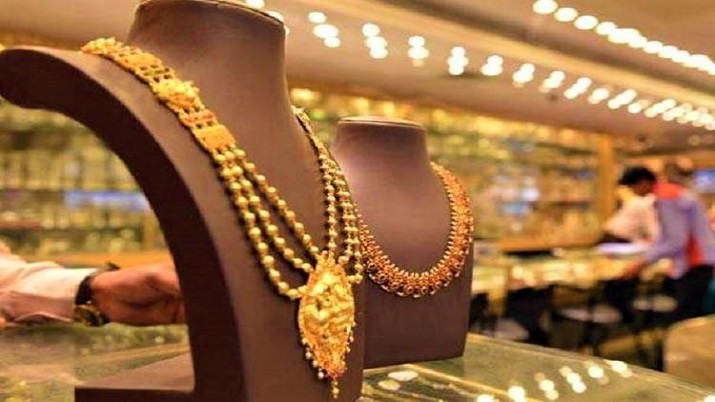With gold prices hitting record highs and weighing heavily on Indian buyers, the Government of India has introduced a game-changing option: 9K gold (375 ppt). The move, approved under the BIS hallmarking standards, is expected to make gold more accessible to middle-class households, young buyers, and rural consumers who have been priced out of the market.
Why 9K Gold, And Why Now?
Gold sales in India, the world’s largest consumer of the yellow metal, witnessed a steep 60% drop in June 2025 after international tariffs pushed rates to historic levels. To revive demand, the government officially recognised 9K gold as part of the hallmarking system, giving consumers an affordable alternative without compromising on authenticity.
“Nine Karat Gold (375 ppt) is now officially under mandatory hallmarking as per BIS Amendment No. 2. All jewellers and hallmarking centres must comply,” the council announced.

How Pure Is 9K Gold Compared To 24K?
●24K Gold: 99.9% pure (the highest purity, but also the softest).
●9K Gold: 37.5% pure, with the remaining 62.5% made up of alloys such as copper, silver, or zinc.
This blend makes 9K gold more durable, less prone to scratches, and suitable for daily wear jewellery like rings, bracelets, and light ornaments.
Affordability: The Biggest Advantage
●24K gold price (Aug 2025): Rs 10,000 per gram (~Rs 1,00,000 per 10 grams)
●9K gold price: Rs 37,000 per 10 grams)
This massive price difference has already caught the attention of young shoppers and families preparing for the upcoming festive and wedding season.
Other Benefits Of 9K Gold
✔️ More durable than higher karat gold
✔️ Affordable, expanding access to gold jewellery
✔️ Less attractive to thieves due to lower intrinsic value
✔️ Wide scope for creative jewellery design
The Bottom Line
With Raksha Bandhan, Navratri, and Diwali around the corner, the government’s decision to legitimise 9K gold could prove to be a masterstroke—reviving consumer demand and offering jewellers a new product line that blends affordability, durability, and style.


